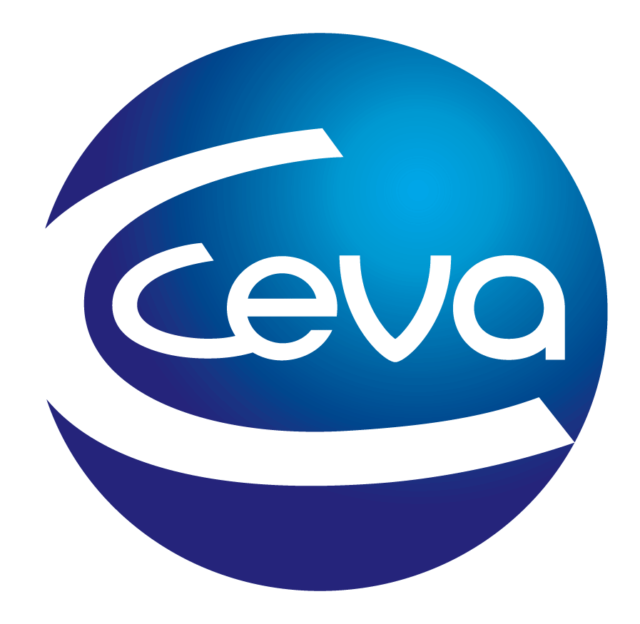The following are key take-aways from the most recent OIS on March 3 in Guelph, Ontario.
New type evaluations
New type trait
In 2017, Holstein Canada introduced the collection of a new type trait, Udder Floor, to replace the defective characteristics “tilt” and “reverse tilt” with an assessment of Mammary System. Since having access to genomic data to incorporate into the genetic evaluation process for new and novel traits, the extent and historical depth of phenotypic and pedigree data required is much less than has been needed in the past.
Therefore, Udder Floor will be introduced in December 2020 as a new descriptive trait listed within the major scorecard Mammary System section. Estimated heritability for Udder Floor was 20% for Holstein, 15% for Ayrshire and 13% for Jersey (other breeds will use the average between Ayrshire and Jersey at 14%).
Composite indexes
Allison Fleming from Lactanet presented the implementation of the four major type traits – Mammary System, Feet and Legs, Dairy Strength and Rump – into composite indexes. She explained, “The benefits we will see for having composites for these four traits will better reflect the current classification scores in genetic evaluations. Mammary score today is not what it was on daughters of bulls that were classified over a decade ago.” By having a composite index for these traits, a more current genetic evaluation would be available and would more easily allow for adjustments based on industry needs in the future.
The growing concern of stature in the Holstein breed was also addressed; for example, issues with cows not fitting in stalls or parlours, increased maintenance costs and reduced longevity. To address this issue, Lactanet proposes to adjust Mammary System, Feet and Legs and Rump composites to be uncorrelated with stature.
As a result, producers may notice change in Mammary System, as well as in LPI and Pro$. Implementation is suggested for April 2021.
Genetic selection for feed efficiency
Lactanet staff, Gerrit Kistemaker, presented a progress report on the development of a national genomic evaluation system for feed efficiency in the Holstein breed. Research for the Efficient Dairy Genome Project began with an objective to improve feed efficiency and reduce methane emissions in dairy cattle using genomics. In Canada, data has been collected from three research farms: The Elora Research Station with the University of Guelph, the Dairy Research and Technology Centre with the University of Alberta, and a partner farm, Sunalta Holsteins, in Alberta. The feed efficiency model measures dry matter intake (DMI), metabolic bodyweight (MBW) and energy-corrected milk (ECM) traits.
With a target implementation date of April 2021, Kistemaker said the team is working hard at putting the pieces together, stating, “In the end, we’re getting feed efficiency reliabilities for genotyped animals around 27%. We would like something higher, but I think that is pretty decent given the data we have.”
Resistance to fertility disorders
For more than a decade, health and fertility data have been collected as input for genetic evaluation of disease resistance. Selection indexes have been developed and published for three main categories of disease: mastitis resistance, metabolic disease resistance and hoof lesions. The last and final set of disease traits related to reproduction and fertility have recently been developed and are ready for deployment later this year. Genetic evaluations for cystic ovaries (CO), metritis (MET) and retained placenta (RPL) will be new for the December 2020 genetic evaluation release for the Ayrshire, Holstein and Jersey breeds. This completes the portfolio of health trait offerings by Lactanet and amplifies producers’ ability to identify and select for genetics of resistance.
Lactanet will communicate options for incorporating the individual fertility disorders into one index for optimal genetic improvement decisions. “The heritability is low [for example, 2% to 3% for Holsteins], but the economic value is important … This will become another tool in the toolbox,” Brian Van Doormaal, chief services officer of Lactanet, stated in an interview following the OIS.
Visualizing the value of genomics
Lactanet presented its proposed new concept to redesign the previous “Genomics Details” page in response to breeder feedback since the decision to no longer publish the Direct Genomic Values (DGV) was implemented December 2019. They discovered a need to help Canadian breeders visualize, in chart format, the value and impact of genomics for genotyped females in Canada.
Breeders want to know how their individual breeder programs have been impacted by genotyping on a trait-by-trait basis. Van Doormaal explained, “This is a visualization tool that helps people really understand, for a given animal in their herd, which traits move up, compared to their Parent Average [PA] or which ones didn’t when the animal was genotyped. This is added knowledge for breeders of their own animals, in their own herds, so they can make their own mating selection decisions – that is their own business.” Implementation of the proposed new “Impact with Genomics” page is pending the Genetic Evaluation Board (GEB) and Lactanet board approval.
The University of Guelph Centre for Genetic Improvement of Livestock presented two ongoing research studies. Student researcher Colin Lynch presented a preliminary outlook of their project looking at the effect of synchronized breeding on genetic evaluations for fertility traits, and fellow student Ivan de Campos shared his findings on assessing the use of public weather station data to investigate the effects of heat stress on milk production in Canadian Holstein cattle.
Lactanet also presented an updated Pro$ formula, which was implemented in the April 2020 proofs – the first update since its implementation in 2015. “At the Genetic Evaluation Board [GEB], last April, it was decided to update Pro$ annually. At a minimum, we would look at a new group of cows, so adding in some more modern cows, as well as look at the latest economic values and add those into our Pro$ formulation,” Fleming stated. Changes include:
- Pro$ for Ayrshire
- Enlarged and more modern dataset
- Current economic values
- Updated expenses, such as the number of inseminations and maintenance costs by body size
- Mastitis Resistance added to Holstein Pro$
The next Lactanet OIS is scheduled for Oct. 21 in Saint-Hyacinthe, Quebec. ![]()
PHOTO: Just prior to the World Health Organization (WHO) announcing COVID-19 as a global pandemic, the dairy industry met on March 3 to share and discuss current research, provide updates and announce future projects at the Lactanet Open Industry Session in Guelph, Ontario. Photo by Lora Bender.
Visit Lactanet’s genetics website, for more information and industry updates.
References omitted but are available upon request. Click here to email an editor.

-
Lora Bender
- Editor
- Progressive Dairy
- Email Lora Bender










